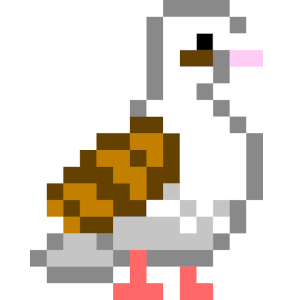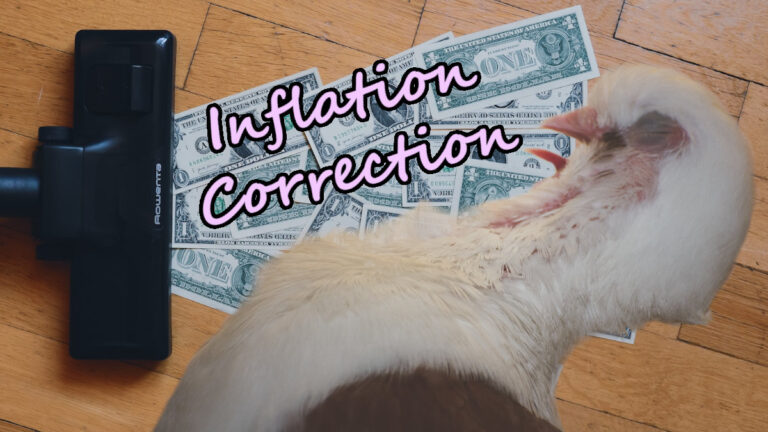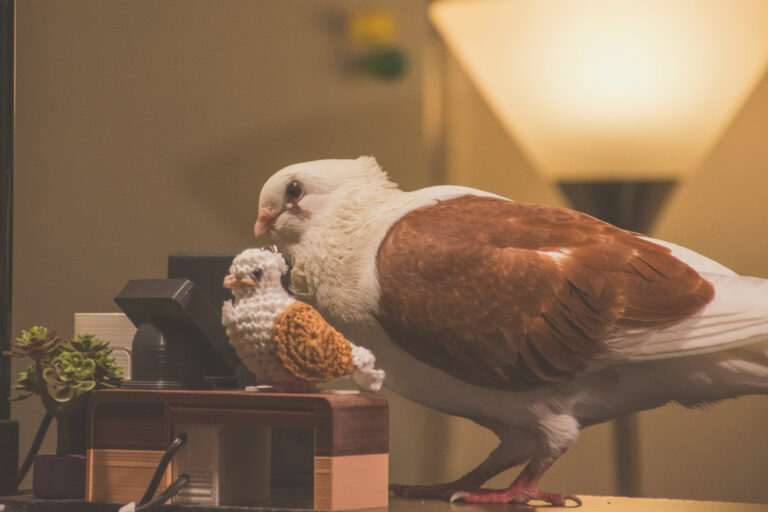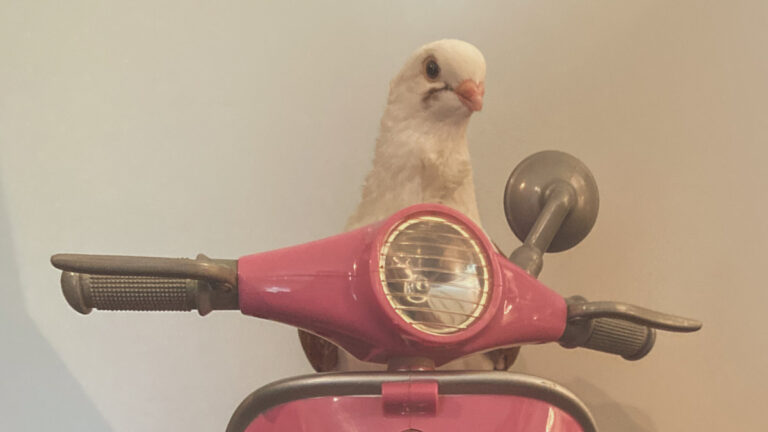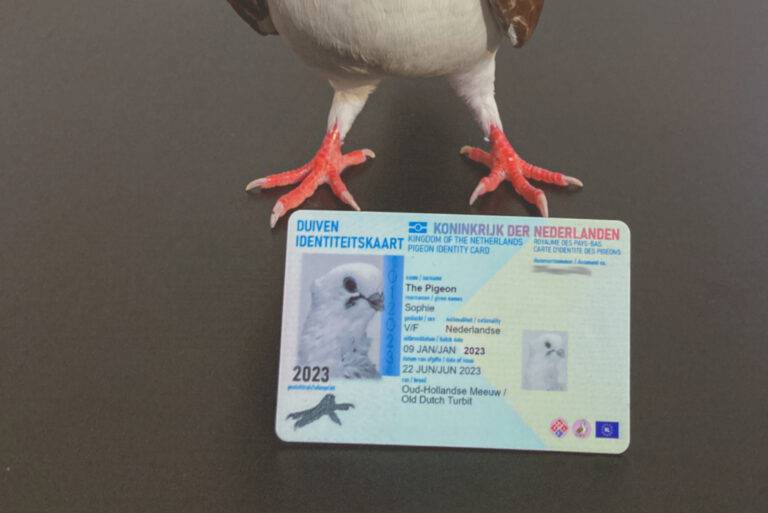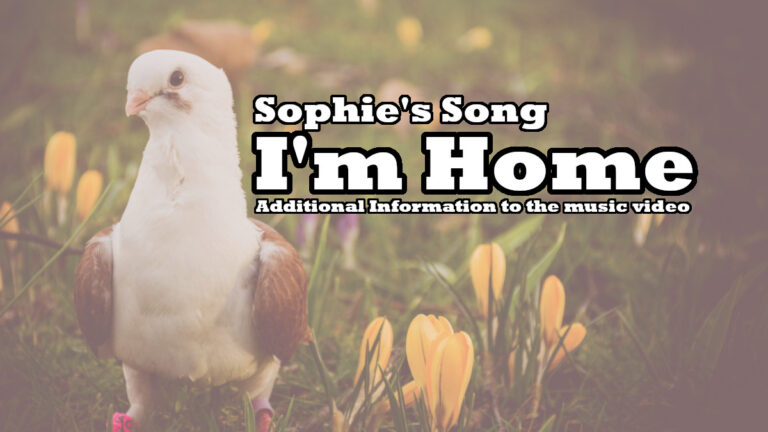HELP My pigeon is going bald (on it’s belly)!

Is what you might think when you are seeing this for the first time on your (pet) pigeon right?
Well honestly this title is little bit ‘click-bait-like’ in an attempt that people whom are taking care for (rescue) pigeons (for the first time) might find this article more easily when googling something like the title of this article 😉
This bald spot on our belly (as shown in my photo above) is however nothing to be worried about at all 🙂
This is what you humans often call the “brood patch“, we pigeons use this brood patch to keep our eggs warm when we are sitting on the nest. When we stand over the eggs we will open the ‘brood door’ (as my pet humans jokingly call it) revealing this ‘bald spot’, we then lower ourselves onto the eggs so that they are in direct contact with our (bare) skin. We will then settle the feathers around the brood patch back down to conceal the eggs and to make sure that the heat doesn’t ‘escape’.
The body temperature of us pigeons is quite high (compared) to humans, but is also kept at this ‘high level’ due to the insulation of our feathers. Which means that we pigeons would not be able to transfer enough heat to our eggs if our feathers would be ‘in the way’. And therefor we pigeons (like many other but not all birds) have developed this ‘build-in brood patch’ so that we can keep our eggs at the right temperature at all times.
But my pigeon is a male pigeon and still has this bald spot!
Yes! That is correct, because we pigeons take turns in sitting on the nest and thus we both need the brood patch. Usually the male pigeons sits on the nest during the day so that the female pigeon can more easily find food, while the female pigeon sits on the nest in the evening, all night and early in the morning. So usually the female has the ‘longer sit’ on the eggs. But as you might understand from this: this ‘taking turns’ does mean that both mom and dad need a brood patch 🙂
Does my pigeon pluck (remove) these feathers at the brood patch when they have (new) eggs or is it always there?
No, we pigeons do not pluck our brood patch, it is always there. Hence why I called it “build-in” earlier 😉 . Most of the time you just don’t see it because we cover it with our feathers. It might happen that you will see a glimpse of it when we are preening our feathers during the day though (we then sometimes slightly open our ‘brood door’ for preening 😉 )
But what is that scary white worm or bone like thingy!??
No worries! That is just our Keel bone (Carina of sternum), also known as our ‘breastbone’. This bone serves as an ‘anchor point’ to which our wing muscles are attached. So like I said: Still nothing to worry about 🙂
I hope this small ‘mini anatomy article’ was useful to you, and if you needed this information because you’ve just started rescuing pigeons for example, then thank you for your love and effort in taking care of us pigeons 🥰
Important note
If you suspect that your pigeon has something different in regards to bald spots, losing feathers etc which is not related to the brood patch, then please make sure to consult an avian veterinarian as soon as possible to ensure that your pigeon is in good health (or will be again as soon as possible)🥰.
Some background information on my photo
For those worried that my human is holding my down tightly in the photo: Don’t be, he isn’t 🥰. I just had a bath and I then always lay on my back to be dried (and I can EASILY get away if I’m done with the towel🥰). He just used this opportunity to make this photo for me so I could post this article in the hopes to help some others. My neck is not being held tightly either in the photo, it’s a very loose grip and I’m just looking at my spare human here (the one my pet human calls his wife 🤷🏽♀️).
Much Love and thank you for reading,
Sophie The Pigeon 🕊️🪶
Keywords
Here I will add some additional keywords and/or sentences people might search for in the hopes they’ll find this information more easily 🙂
Bald belly on pigeon, no feathers on belly of pigeon, pigeon has bald line on belly, brood patch pigeon, naked belly pigeon.
